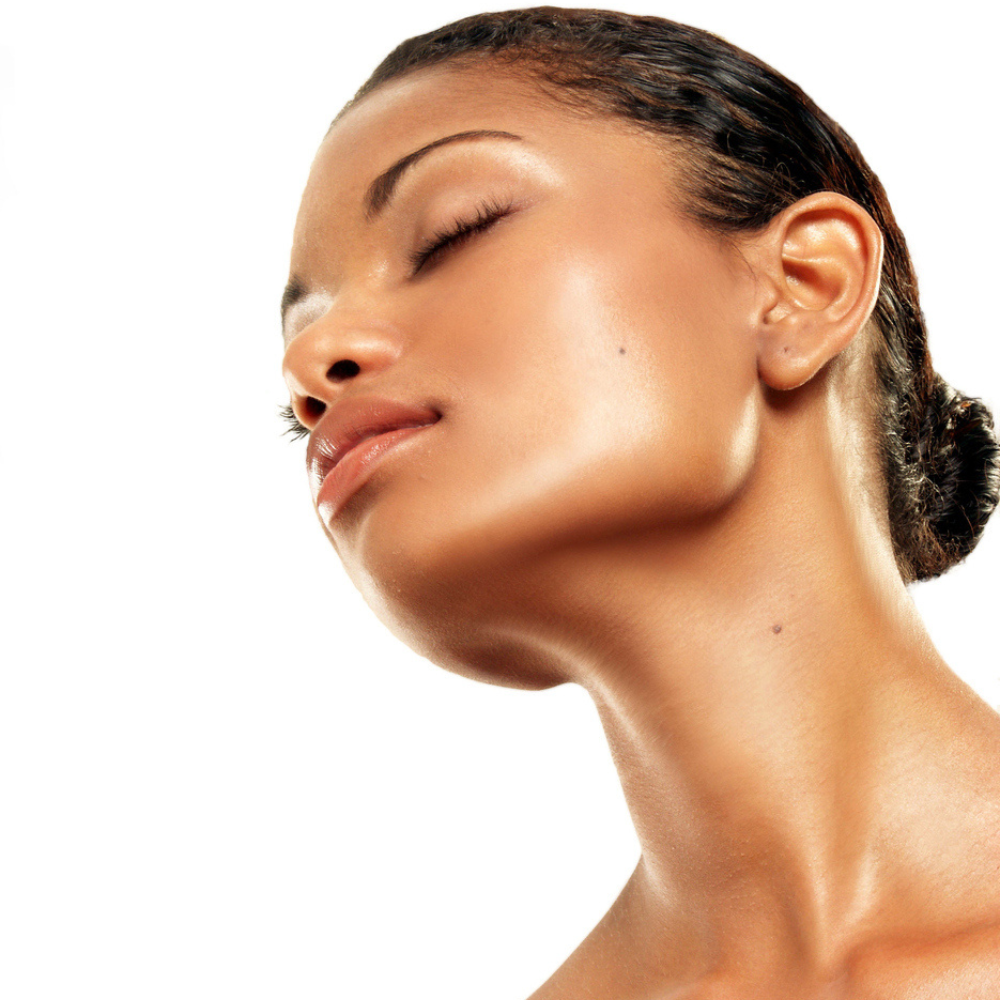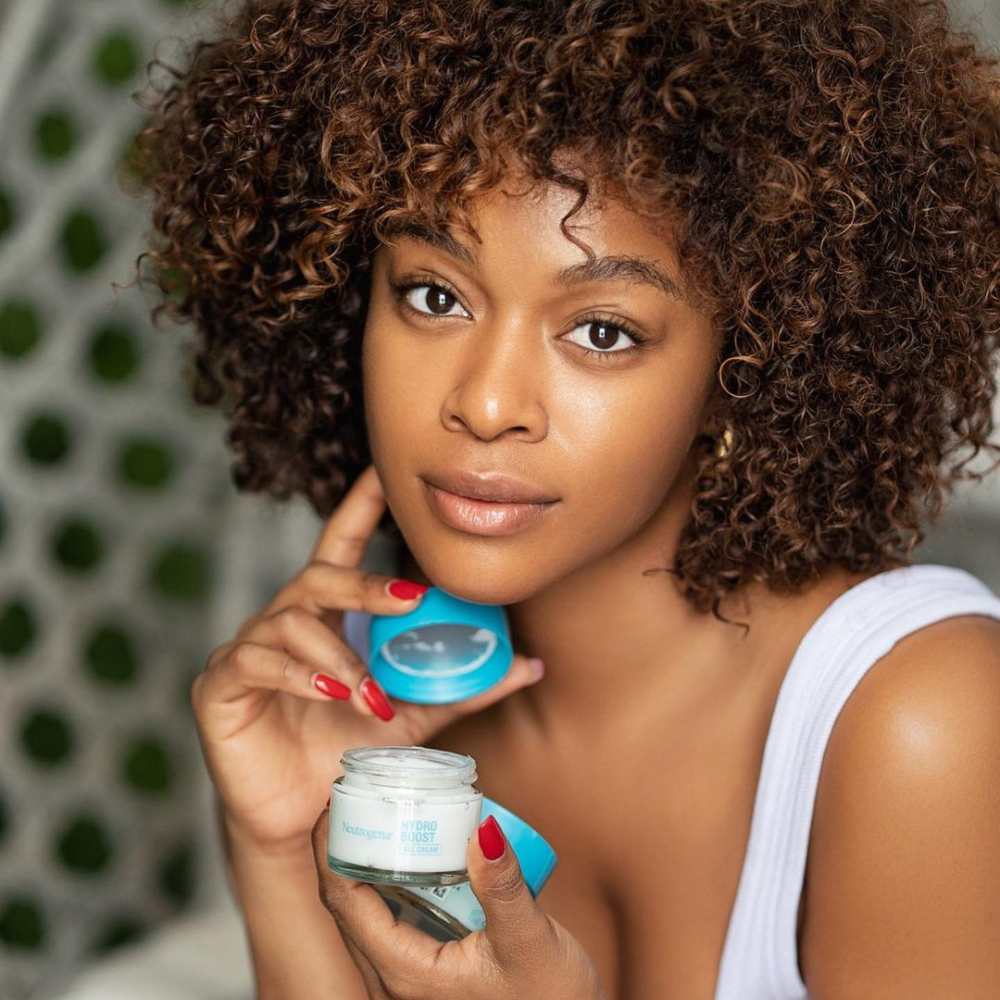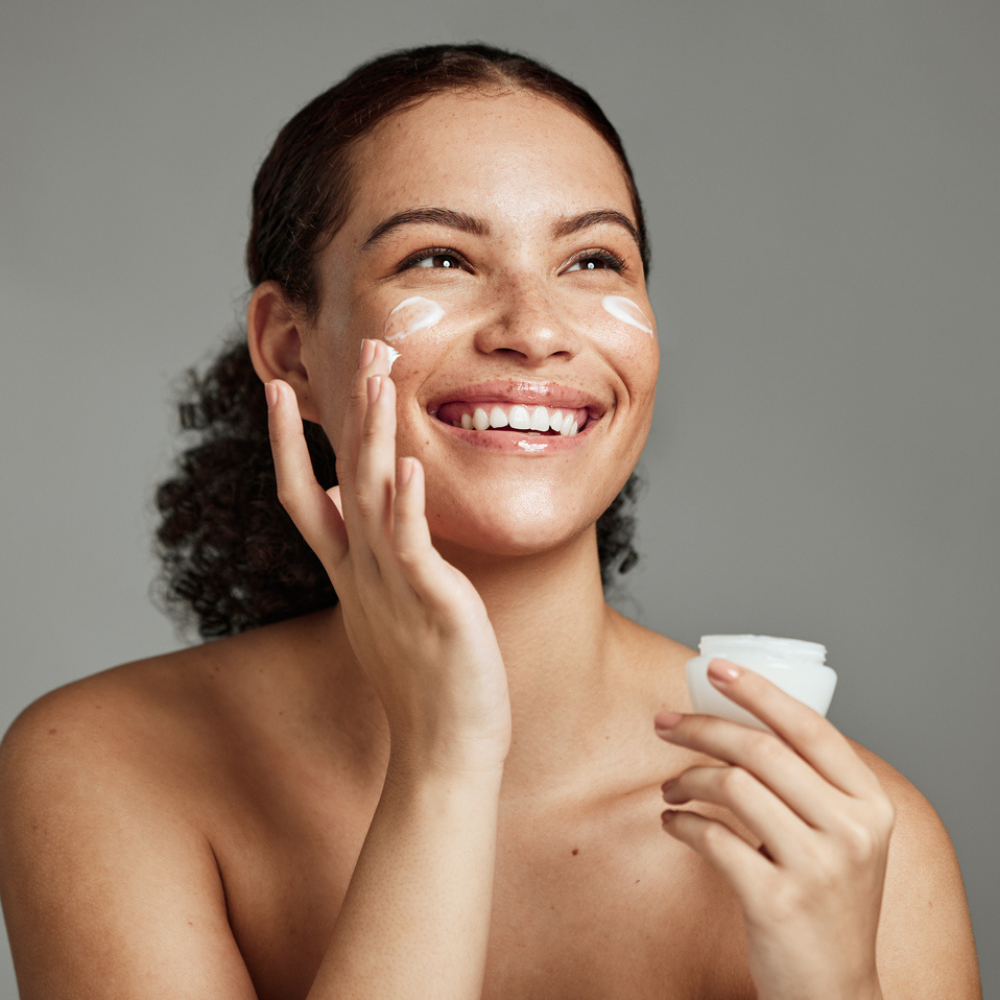How To Prevent And Treat Neck Wrinkles

A creative writer with a voracious appetite for fashion, beauty,…
W
e are all aging. At different paces, but yes, we all are. And with aging comes the emergence of wrinkles on random areas of our body. Depending on your genes, age, sun exposure, lifestyle choices, or medical status, these lines, floss, or creases may appear in several places, including the hands, face, and neck. These wrinkles can range from fine lines to deeper creases and are often caused by the skin breakdown of collagen and elastin fibers, leading to decreased skin elasticity and resilience. Common types of neck wrinkles include horizontal lines, vertical bands, tech necks, and “turkey neck” folds.
How to prevent neck wrinkles
Preventing neck wrinkles requires deliberate skincare techniques and lifestyle practices, including:
- Sun protection: As much as possible, avoid unnecessary sun exposure. The sun is commonly responsible for lots of skin-related issues. We can prevent or delay neck wrinkles by applying sunscreen to our neck daily.
- Moisturize: Keep your neck hydrated with a moisturizer or neck cream to maintain elasticity and prevent dryness. A dry neck will eventually crack.
- Avoid smoking: Smoking damages collagen and elastin, contributing to wrinkles. Quitting smoking can help preserve your skin’s youthfulness. This is true not only for the neck but for the entire skin’s health.
- Maintain a healthy diet: Consume a balanced diet rich in antioxidants, vitamins, and minerals to support skin health. Also, drink plenty of water to keep your skin hydrated from within as it can improve its appearance and elasticity.
- Maintain a good posture: Be mindful of your posture to prevent creases and wrinkles caused by constantly looking down on your phone or slouching on your desk. Learn to sit straight and lift your devices to eye level to avoid tech neck — a fancy way of labeling wrinkles.
- Consider your sleeping position: Sleep on your back to avoid creasing your neck skin due to pressure from pillows.
- Use gentle skincare: Be gentle when cleansing and applying skincare products to your neck, avoiding tugging or pulling on delicate skin.
- Exercise regularly: Exercise promotes circulation, which can help maintain skin health and reduce the appearance of wrinkles.
- Use topical retinoids: Prescription retinoid creams can improve skin texture and prevent wrinkles by increasing collagen production.
- Leverage moisturizers and serums: Look for products containing ingredients like hyaluronic acid, peptides, and antioxidants to hydrate the skin and promote collagen production.
Here’s how to treat neck lines
If wrinkles have already developed on your neck, there are several methods to treat them, including:
- Use chemical peels: Peels containing alpha hydroxy acids (AHAs) or trichloroacetic acid (TCA) can help exfoliate the skin, reduce fine lines, and improve skin texture.
- Consider microdermabrasion: This procedure involves exfoliating the outer layer of skin to stimulate collagen production and reduce the appearance of wrinkles.
- Try micro-needling: Tiny needles create micro-injuries in the skin, triggering collagen production and improving skin texture. It can help reduce wrinkles on the neck.
- Try laser therapy: Laser treatments, such as fractional laser resurfacing or non-ablative laser therapy, can target wrinkles and stimulate collagen production for smoother skin.
- Leverage Botox (Botulinum Toxin) injections: Injecting Botox into the neck muscles can relax them, reducing the appearance of horizontal lines and neck bands.
- Use dermal fillers: Hyaluronic acid fillers can be injected into the neck to plump up wrinkles and restore volume.
- Use Ultherapy: This non-invasive procedure uses ultrasound energy to tighten and lift the skin on the neck, reducing the appearance of wrinkles.
- Try surgical procedures: In severe cases, surgical options like neck lift or neck liposuction may be considered to tighten loose skin and remove excess fat.
Consulting with a dermatologist or cosmetic surgeon can help determine the most suitable treatment option based on individual needs and preferences.
Featured image: CS0523183/iStock
For the latest in fashion, lifestyle, and culture, follow us on Instagram @StyleRave_
All rights reserved. This material, and other digital content on this website, may not be reproduced, published, broadcasted, cached, rewritten, or redistributed in whole or in part without prior express written permission from STYLE RAVE. Use of and/or registration on any portion of this site constitutes acceptance of our Terms & Conditions and Privacy Policy.
—Read also
A creative writer with a voracious appetite for fashion, beauty, lifestyle and culture. As one who's passionate about the advancement of the woman, creating content that inspire smart style and living, and positive lifestyle changes is a calling I take seriously. At Style Rave, we aim to inspire our readers by providing engaging content to not just entertain but to inform and empower you as you ASPIRE to become more stylish, live smarter and be healthier. Follow us on Instagram @StyleRave_ ♥







